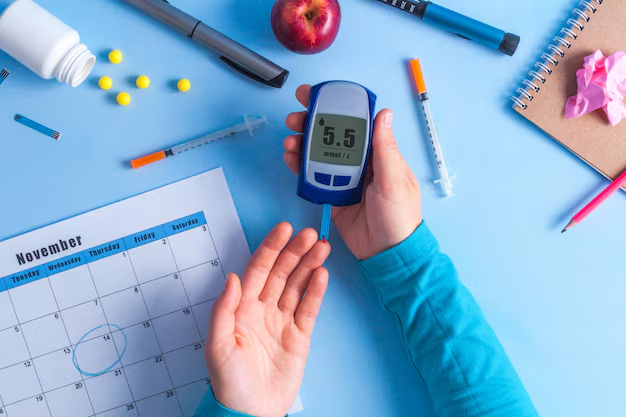Understanding the Key Differences Between Type 1 and Type 2 Diabetes
Navigating the world of diabetes can be overwhelming, especially when trying to differentiate between Type 1 and Type 2 Diabetes. These two conditions, though often mentioned together, have distinct characteristics that affect diagnosis, management, and lifestyle. Understanding these differences is crucial for anyone directly impacted or supporting someone with diabetes.
Causes and Onset
Type 1 Diabetes is an autoimmune condition. It typically manifests in children and young adults, although it can occur at any age. In Type 1, the immune system mistakenly attacks and destroys the insulin-producing beta cells in the pancreas. As a result, the body cannot produce insulin, leading to elevated blood sugar levels.
In contrast, Type 2 Diabetes primarily affects adults, though childhood cases are increasingly common due to rising obesity rates. In Type 2, the body either becomes resistant to insulin or doesn’t produce enough. Lifestyle factors, including diet and exercise, significantly influence the risk of developing this type of diabetes.
Symptoms
Both types share common symptoms such as increased thirst, frequent urination, and fatigue. However, Type 1 Diabetes often presents suddenly, with symptoms appearing over a few days or weeks. Type 2 Diabetes develops more gradually, often going unnoticed for years until complications prompt a diagnosis.
Management
Type 1 Diabetes requires lifelong insulin therapy, either through injections or an insulin pump. Monitoring blood sugar levels is critical, necessitating frequent checks throughout the day. Advances in technology, such as continuous glucose monitors, have improved management.
For Type 2 Diabetes, lifestyle modifications are the first line of treatment. A balanced diet and regular physical activity can sometimes control blood sugar levels. If lifestyle changes aren’t enough, oral medications or insulin therapy may be necessary. The focus is often on improving insulin sensitivity and lowering blood sugar levels through various drugs.
Complications and Health Risks
Both types of diabetes can lead to serious health complications if not properly managed, including heart disease, nerve damage, and kidney issues. Type 1 Diabetes poses risks of ketoacidosis—an acute condition caused by extremely high blood sugar and insulin shortages. In Type 2 Diabetes, prolonged high blood sugar can lead to cardiovascular diseases and complications like diabetic retinopathy, which affects vision.
Exploring Financial and Educational Resources
Living with diabetes, or caring for someone who does, can be financially taxing. Government aid programs, health insurance plans, and non-profit organizations offer substantial support to ease these burdens. They often cover insulin, glucose monitors, and other essential supplies.
In terms of education, numerous workshops and online courses provide deeper insights into diabetes management. These programs empower individuals to make informed health decisions and optimize their wellbeing.
Here’s a roundup of resources worth exploring for financial and educational support:
- 💊 Medicaid & CHIP: Federal programs providing health coverage based on income, beneficial for managing diabetes-related expenses.
- 📚 National Diabetes Education Program: Offers free resources and workshops to enhance understanding and management of diabetes.
- 💳 Medical Credit Cards: Designed for health expenses, some cards offer special financing options.
- 🎓 Diabetes Self-Management Education and Support (DSMES): Covered by most insurance plans, DSMES provides critical skills and knowledge for handling diabetes.
- 🤝 American Diabetes Association (ADA): Offers a variety of programs and advocacy efforts to support those with diabetes.
By distinguishing between Type 1 and Type 2 Diabetes and understanding the support systems available, individuals can confidently tackle the challenges of diabetes. Remember, knowledge and proactive management are invaluable tools in the journey toward better health.
